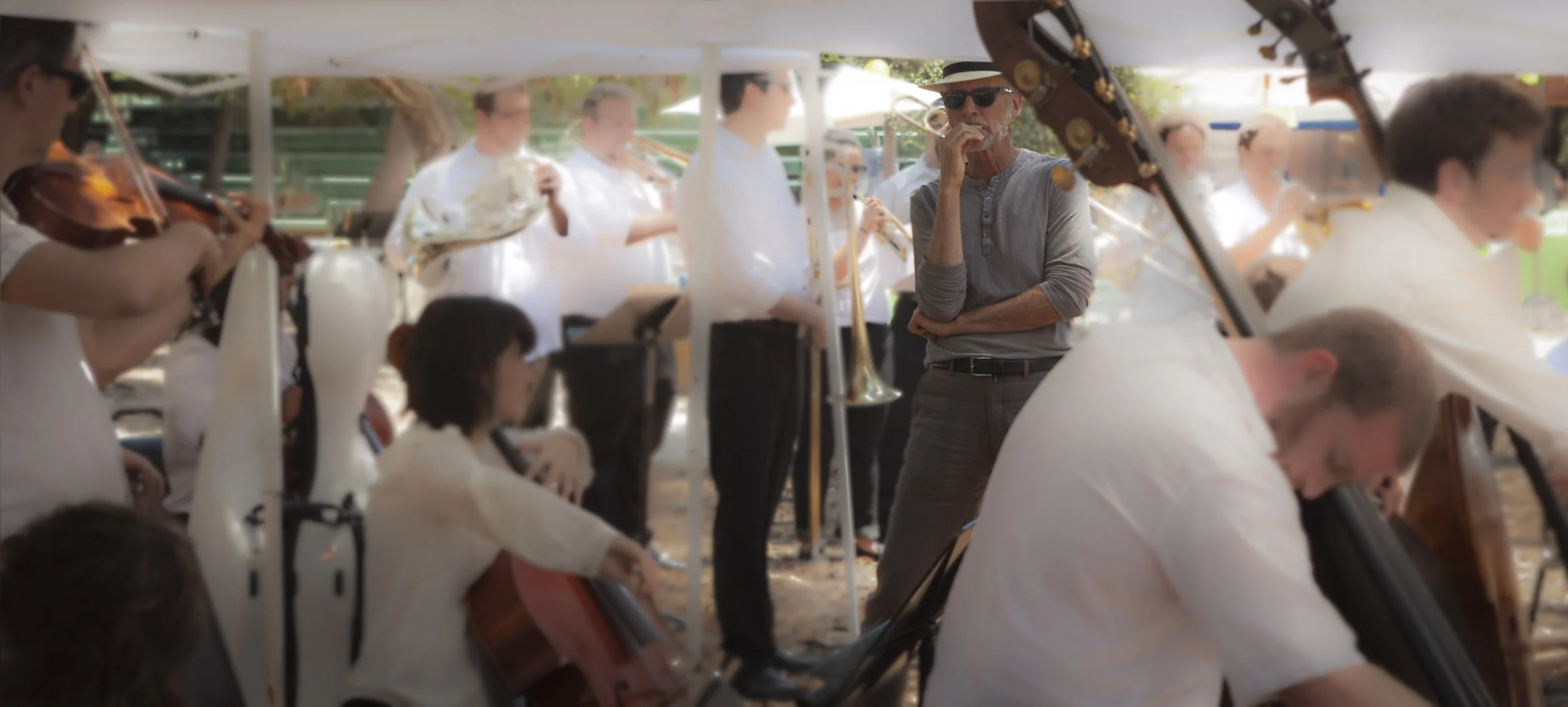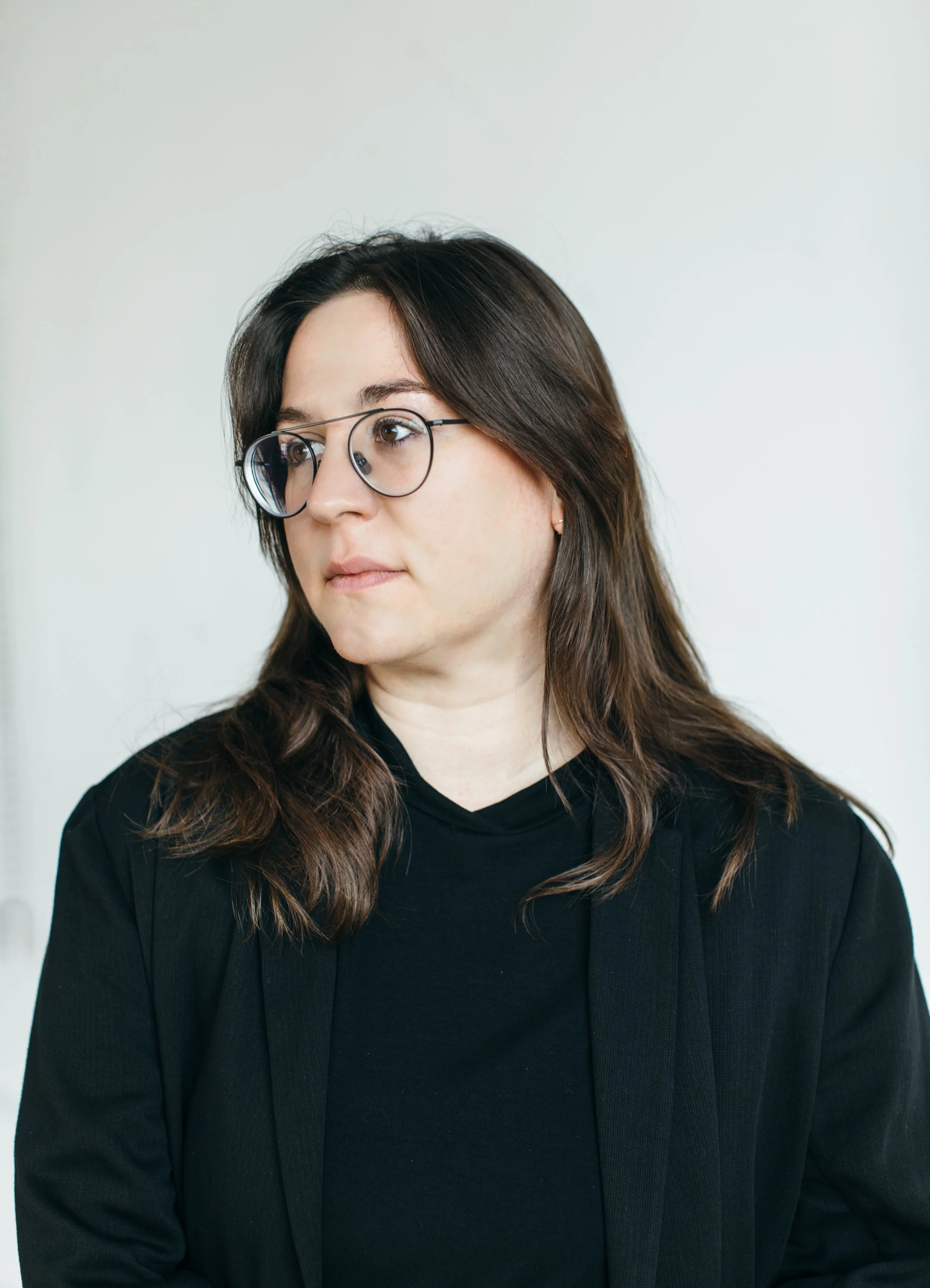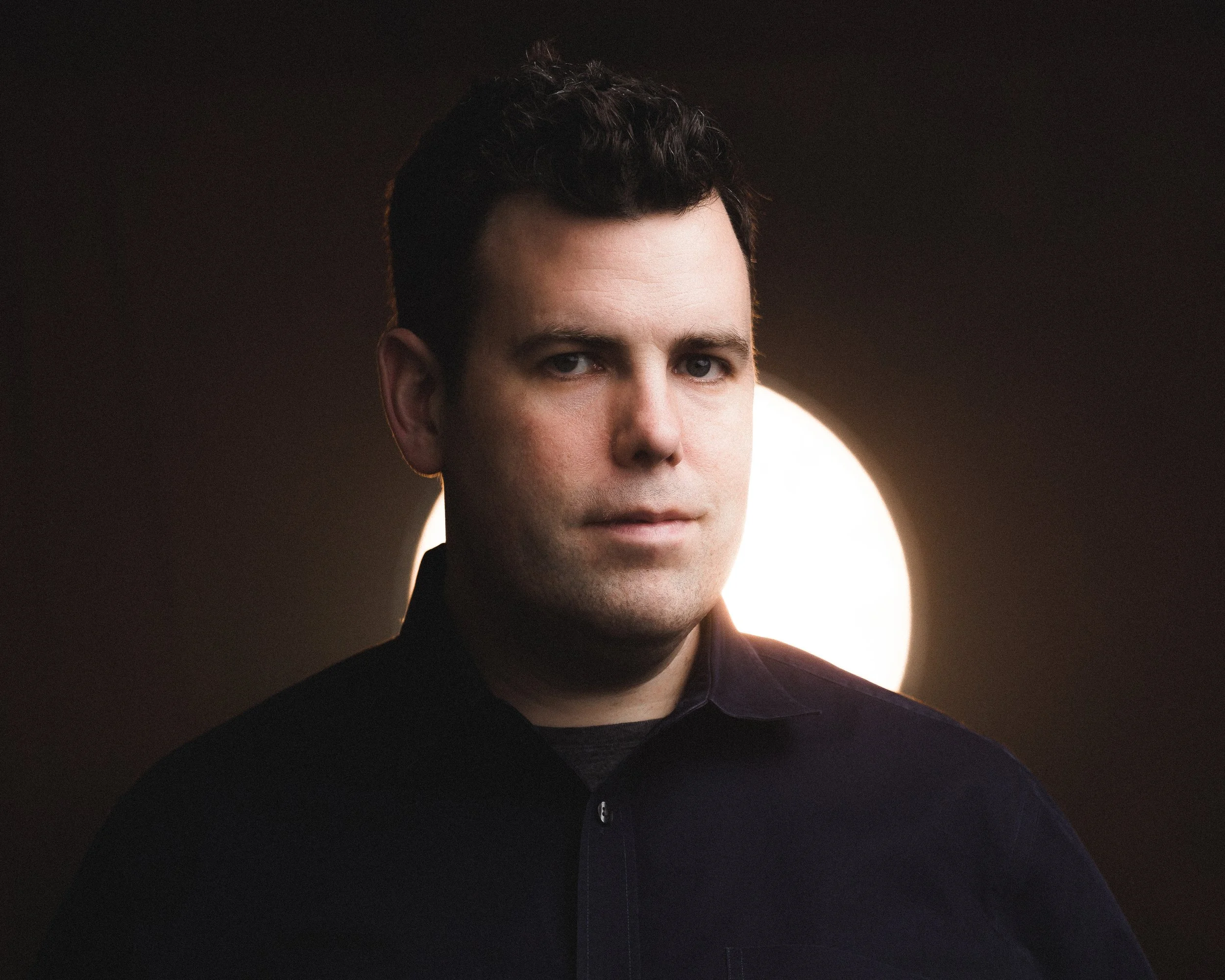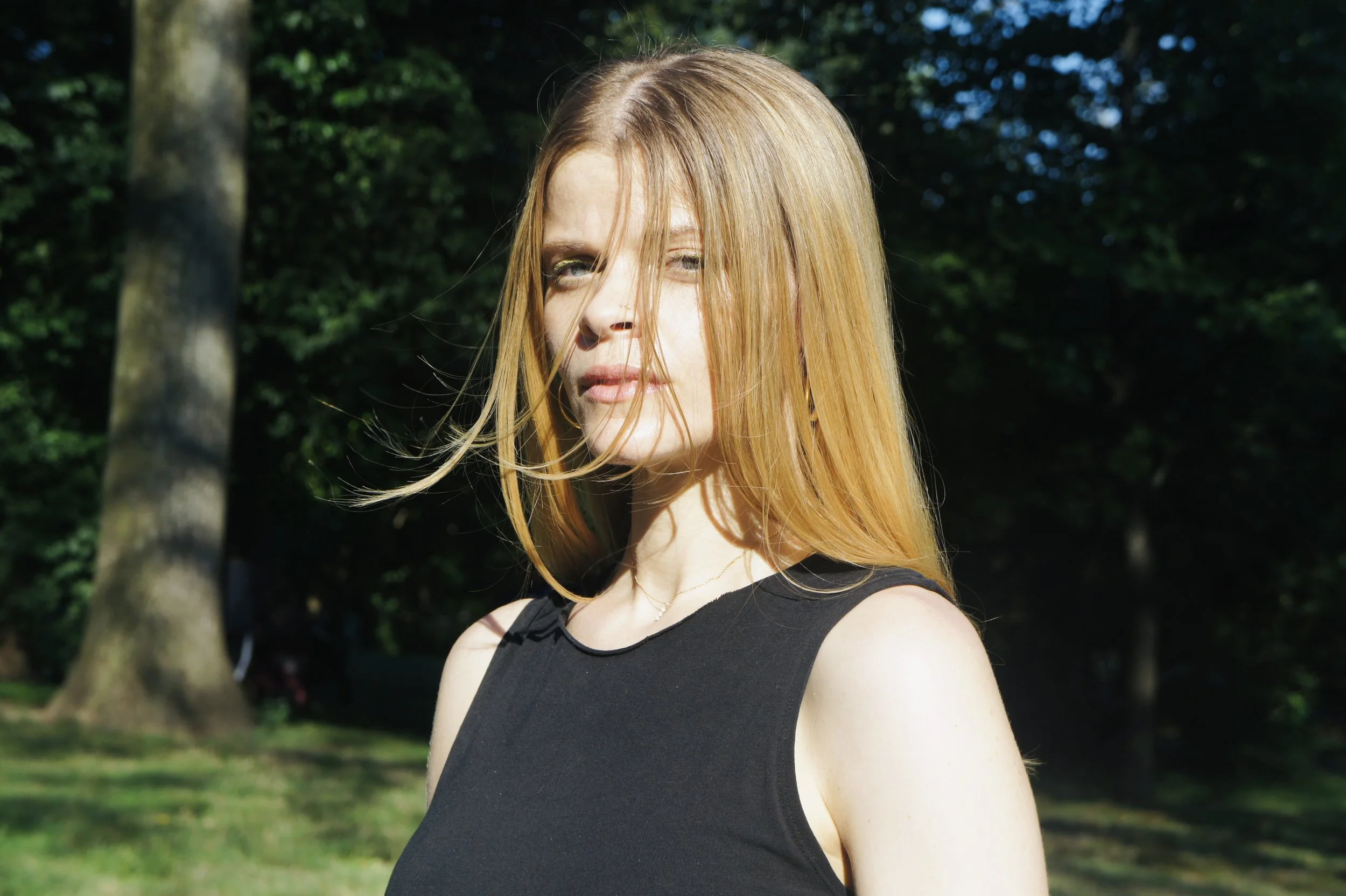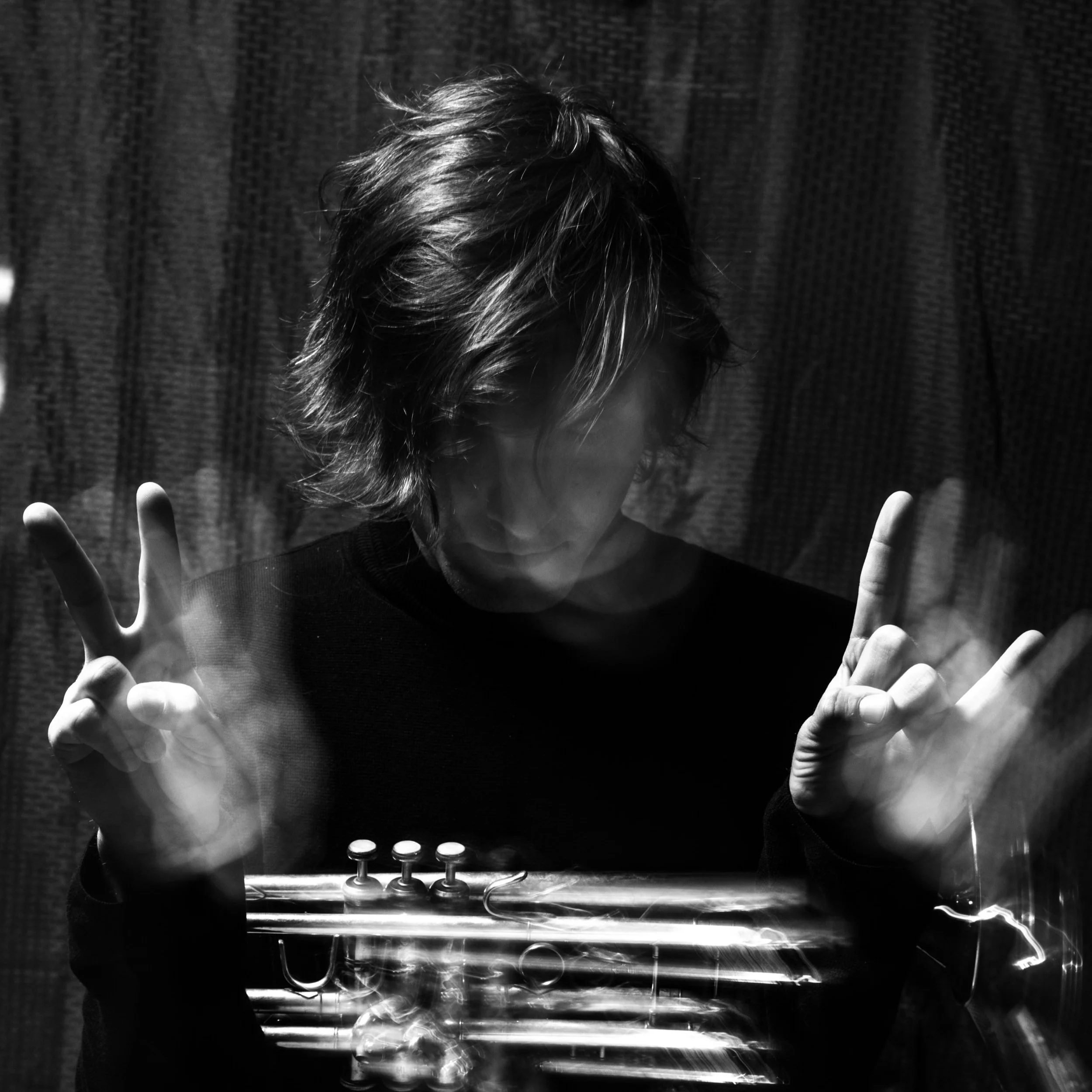By Trever Hagen
“Please forgive my silence,” John Luther Adams wrote in a delayed reply to a series of questions I had sent him for this article. Now living in Australia, the time difference proved difficult for arranging a phone interview. At first the simple acknowledgement of the social convention of an email reply drew my attention to the difference between silence in the social world of communication — as a faux pas — and silence found in the natural world, where it has no convention, no appropriate response, no determination. Yet as John Luther Adams has taught us through his compositions and their performances: we are a part of the silence through listening. And with listening, indeed comes a sense of responsibility: a profound social convention that rarely emerges in musical experience.
In the landscape of contemporary music, John Luther Adams has cultivated a body of work that resists the usual poles of avant-garde experimentation and orchestral tradition by re-centering listening itself as listening to weather, landforms, seasonal light, and the nonhuman. Whereas much postwar concert music defines itself by musical materials and technique, Adams has defined his practice through place. He often composes for outdoors or for ensembles situated across wide spaces, turning performance into an act of environmental attention rather than a only a display of human virtuosity. For example, Adams works such as Inuksuit and Sila transplant the concert into parks and plazas, making wind, echo and audience movement part of the score.
Adams’s orchestral language similarly departs from narrative drama. In Become Ocean, the orchestra’s three spatially separated groups rise and fall in long, palindromic waves. Harmonic motion is slow, tidal, and impersonal; the piece is less a symphonic argument than a geologic process unfolding in time. The result, recognized with the 2014 Pulitzer Prize and a 2015 Grammy, is music that feels simultaneously elemental and ethical, pointing attention toward Earth-systems rather than short-term human stories.
These Earth-systems emerge through Adam’s “sonic geography.” He treats sound as an ecology — a network of relations among place, weather, and listener — so the boundary between composition, place and environment blurs. Further, he has used environmental data directly in installations (as in The Place Where You Go to Listen). The “work” is not just notes but a particular place-time of listening, and that philosophical shift is what sets Adams apart from many of his contemporaries.
Music, nature and environmentalism
If many composers write about nature as a topic, Adams writes from nature as context. His memoir Silences So Deep frames composition as a practice of solitude, listening, and responsibility amid a changing climate. Become Ocean explicitly invokes sea-level rise in its program notes. Across these works, he asks whether music can cultivate the habits of perception we need to live within planetary limits. The pieces situate listeners by slowing pulse, expanding scale, and turning the audience’s bodies into sensors for wind, distance, and resonance.
Adams’s ecological commitments predate his international recognition as a composer. Moving to Alaska in the mid-1970s, he worked for conservation groups and served as executive director of the Northern Alaska Environmental Center. In his Alaska years he helped advocate around landmark conservation legislation (ANILCA) and has been associated with Green politics in the state. He later left professional activism to devote himself to composing. However, an activist's ethic of attention to the environment remained, shaping his music’s aims. Today, when Adam’s music appears in civic spaces like Lincoln Center’s plaza or public parks, it carries that background as a civic invitation: to gather, to listen together, and to imagine human culture not above the more-than-human world but inside it.
Presenting Crossing Open Ground at Snow Canyon State Park
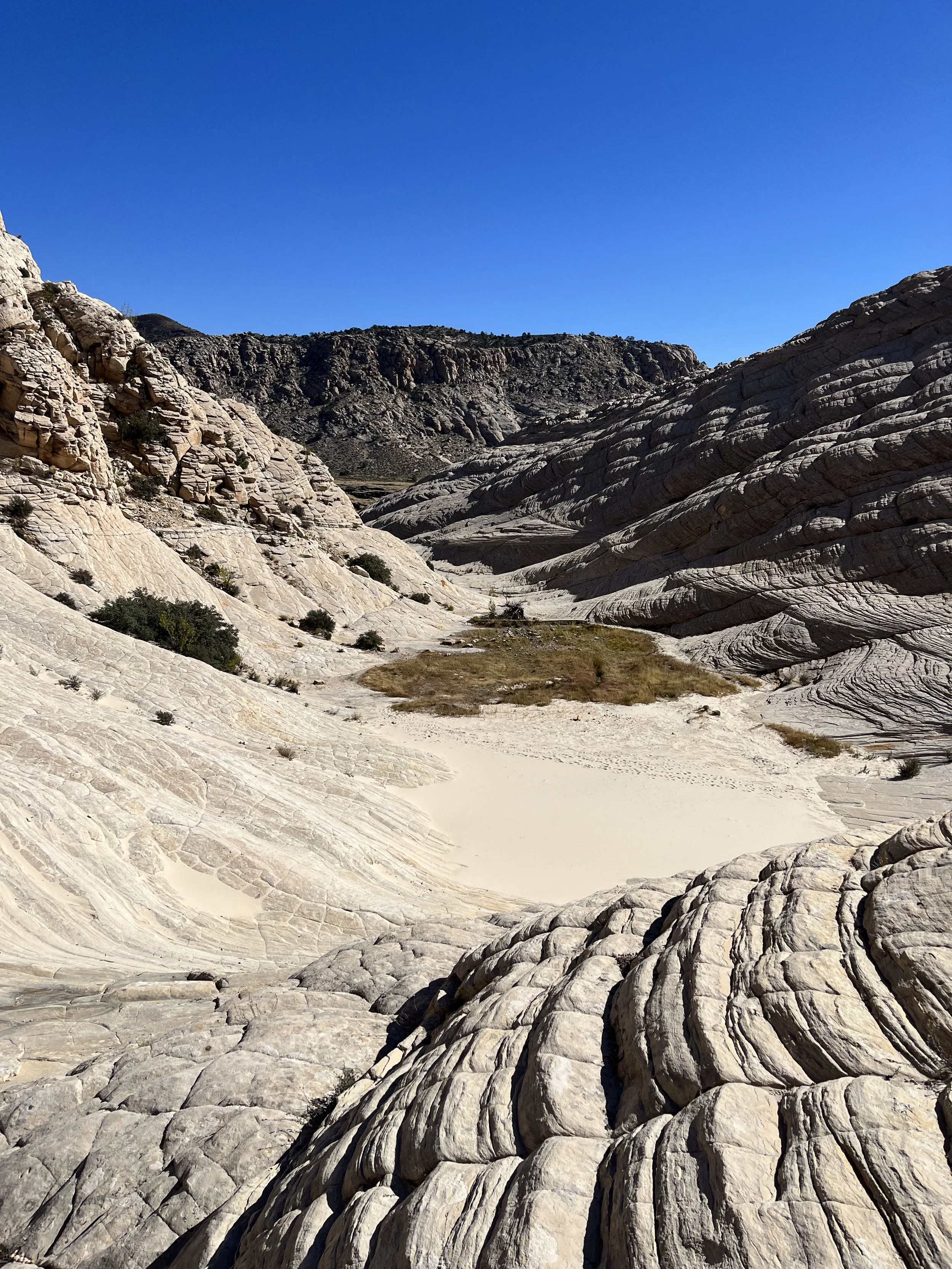
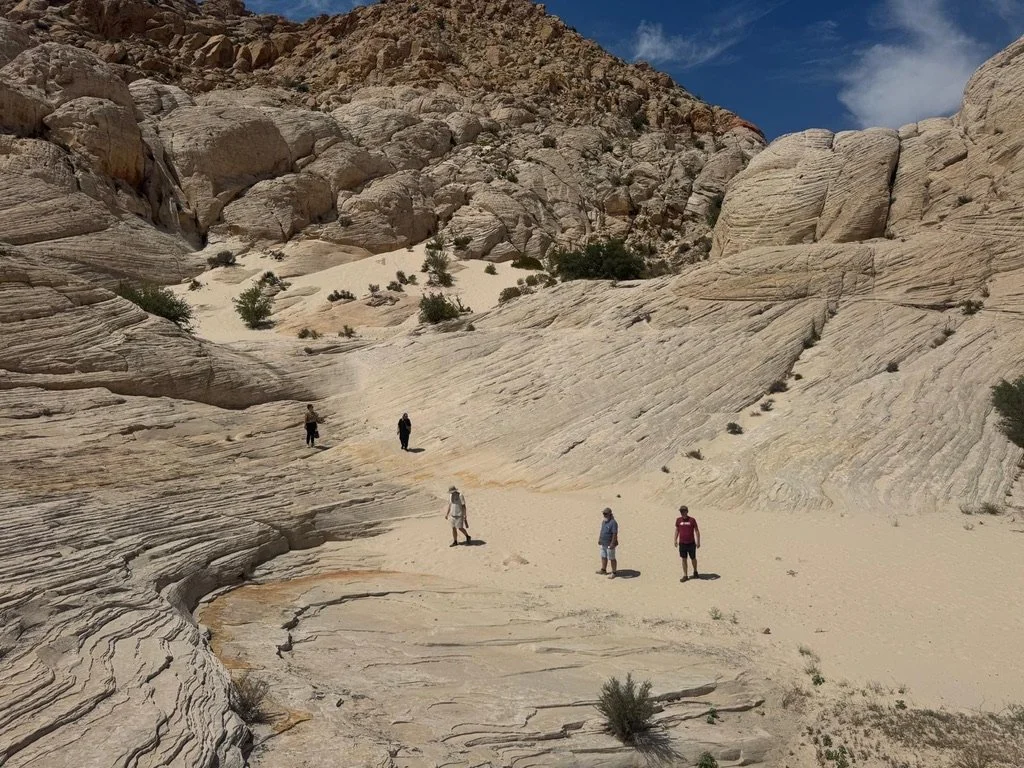
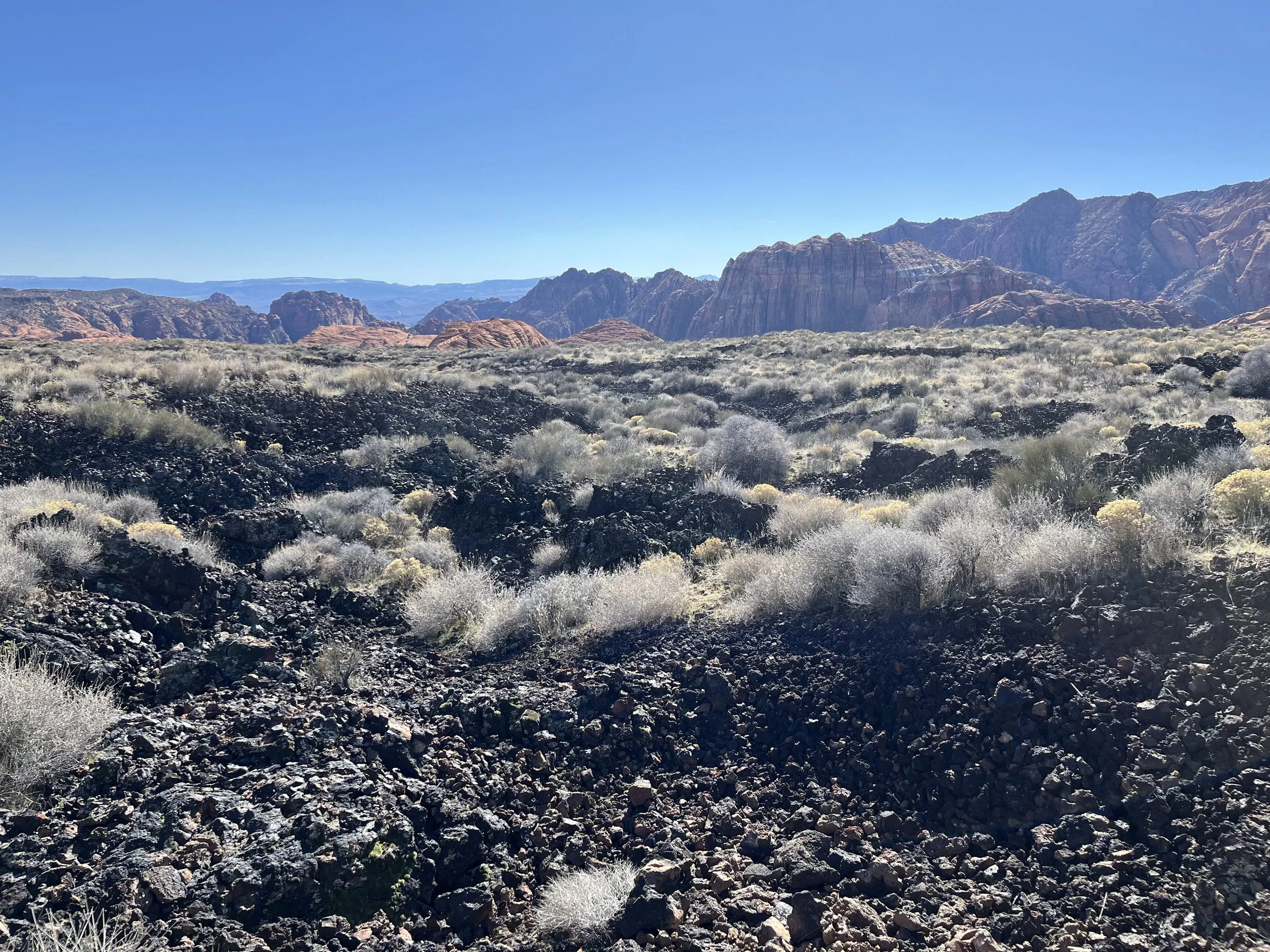
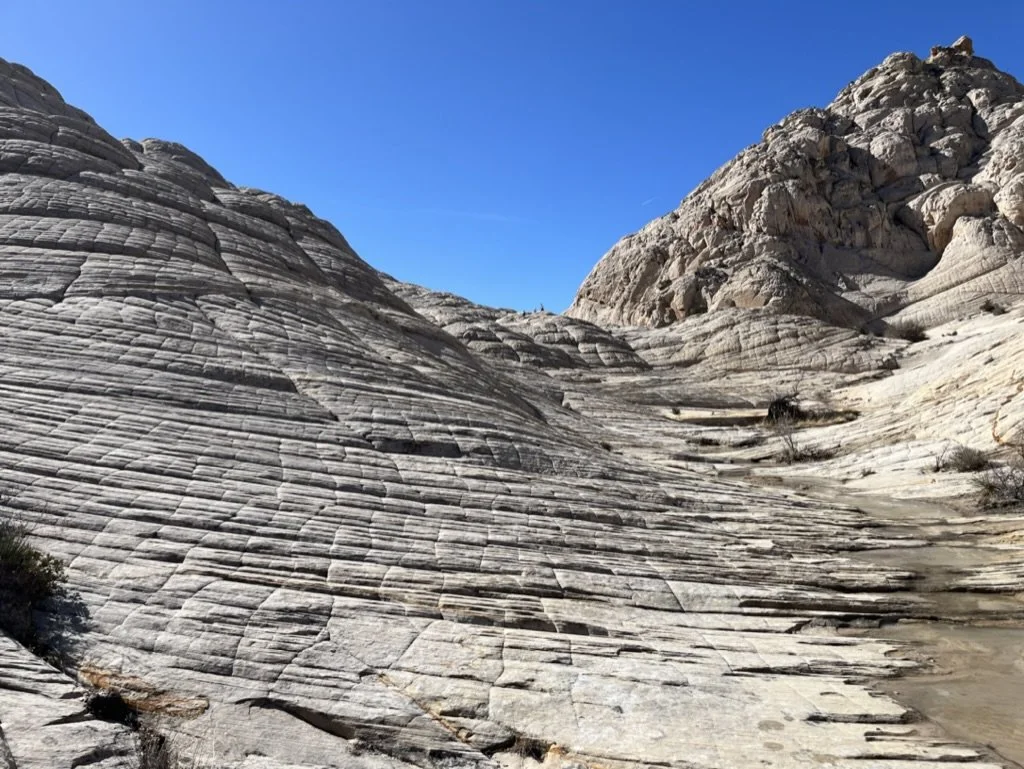
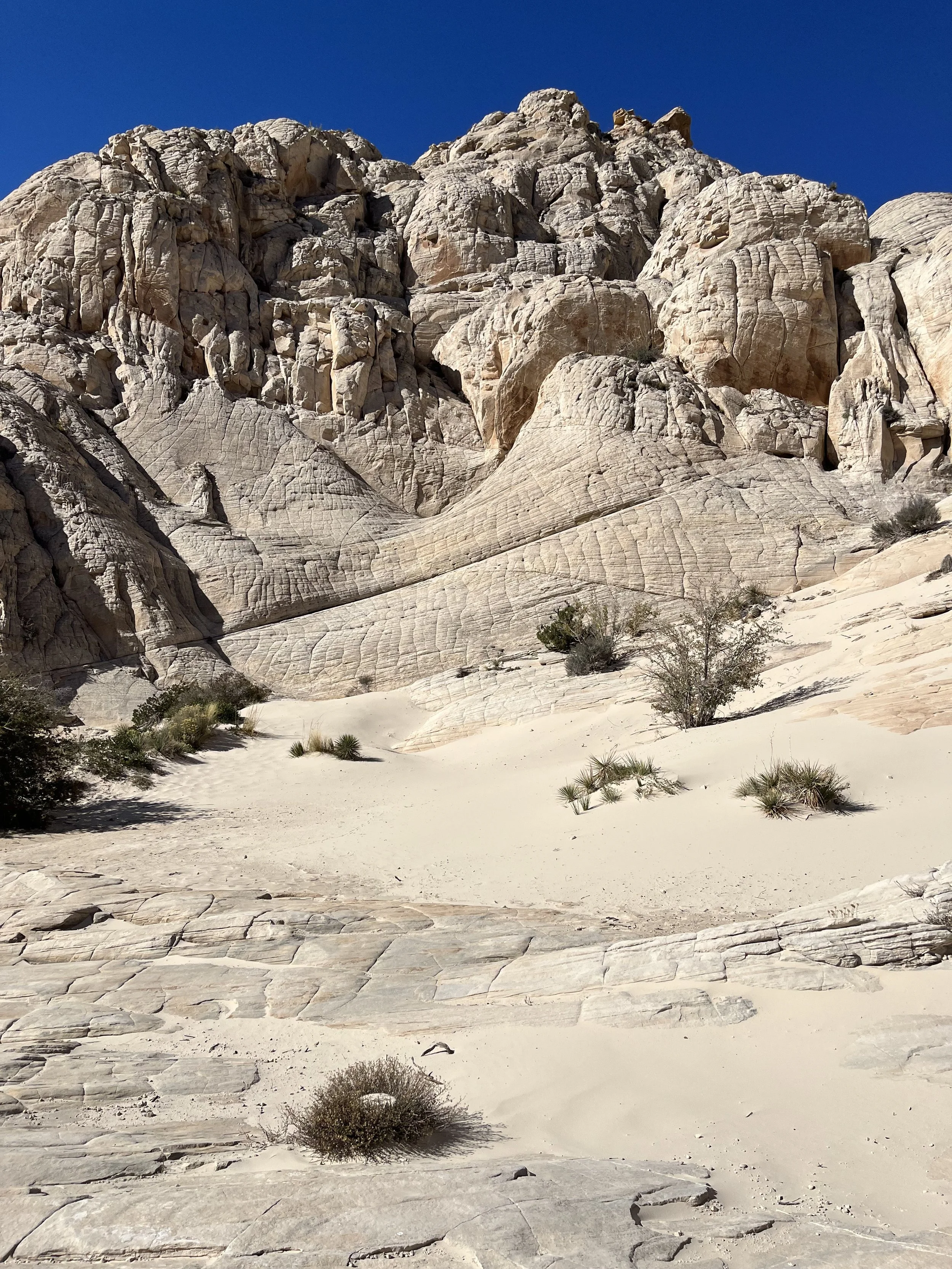

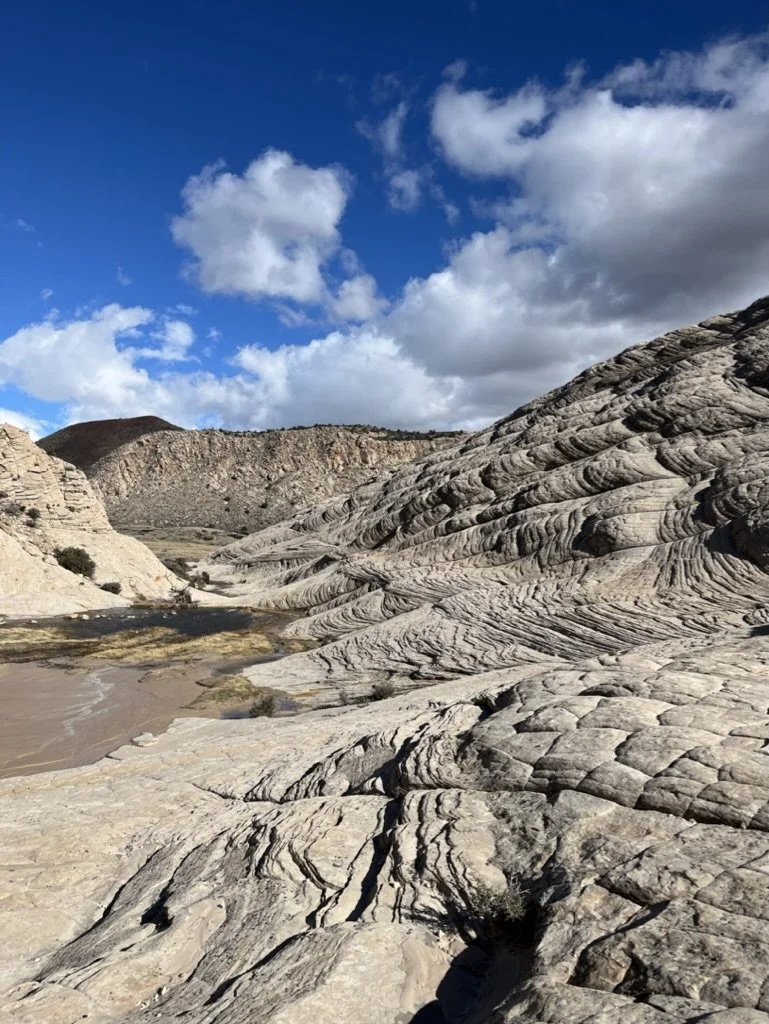
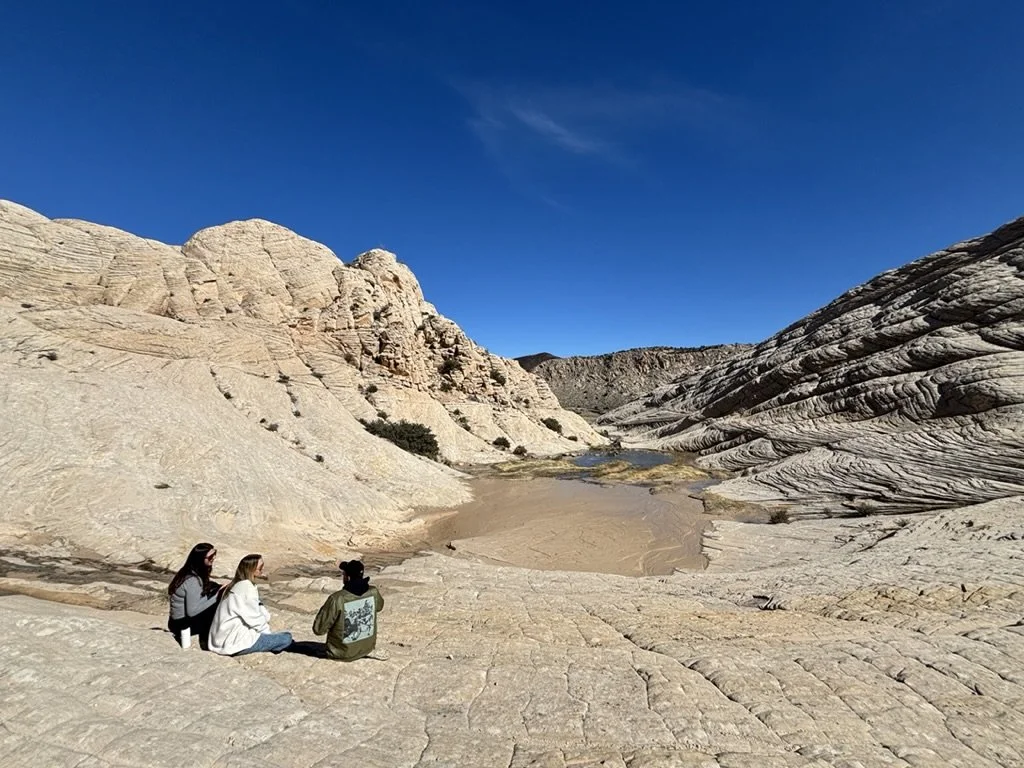
Within the more recent oeuvre of John Luther Adams is the piece Crossing Open Ground, a large-scale outdoor work for winds, brass, and percussion, composed in 2023 and dedicated to the writer Barry Lopez. Scored for 40 musicians (or multiples), it has a variable duration, roughly 54 to 81 minutes, allowing the music to breathe with terrain, light and audience movement. The world premiere took place at the Aspen Music Festival (2023).
On Saturday, October 25, 2025, the Liquid Music-produced Crossing Open Ground will be presented by the Center for the Arts at Kayenta in Snow Canyon State Park, a high-desert landscape of lava flows and Navajo sandstone that forms part of the Greater Zion region near Zion National Park. Snow Canyon’s Whiterocks Amphitheater is the perfect backdrop to the score’s long-tone calls: brass chorales are refracted by canyon walls, percussion cracks with dry air; silences that are truly place-specific.
Presenting the piece here also draws a line from Adams’s northern work to the desert Southwest, two extremes of North American ecology that nonetheless share vulnerabilities to heat, drought and shifting seasons. Within that frame, Crossing Open Ground becomes an act of listening-as-stewardship: the audience walks into a protected landscape, the ensemble activates it with sound and for an hour we practice a form of attention that may be as politically meaningful as it is musically beautiful.
The artistic team includes music director Nadia Sirota and choreographer Dimitri Chamblas, alongside section leaders Douglas Perkins (percussion), Laura Cocks (voice/flute), C.J. Camerieri (french horn), and Trever Hagen (trumpet), in collaboration with an ensemble of 36 local musicians in partnership with Utah Tech University to complete the full ensemble. Crossing Open Ground is not only a score but a community-scaled event, integrating movement, site and ensemble practice.
Crossing Open Ground at Snow Canyon State Park was made possible by Kayenta Arts in partnership with Utah Tech University.
John Luther Adams: Crossing Open Ground
Directed by Dimitri Chamblas and Nadia Sirota
With Laura Cocks, Doug Perkins, CJ Camerieri and Trever Hagen
Produced by Liquid Music
Presented by Center for the Arts at Kayenta
October 25, 2025, 11 am & 3 pm
Snow Canyon State Park, Southern Utah
Trever Hagen is a trumpet player and scholar, performing and presenting research on sound, music and noise at universities and conferences in the US, Europe and Asia. He is the author of Living in the Merry Ghetto: The music and politics of the Czech Underground on Oxford University Press.
Follow John Luther Adams:
Website: johnlutheradams.net
Follow Trever Hagen:
Instagram: @t.r.e.v.r
Follow Liquid Music for updates and announcements:
Instagram: @liquidmusicseries
Facebook: @liquidmusicseries
Newsletter: liquidmusic.org/newsletter


